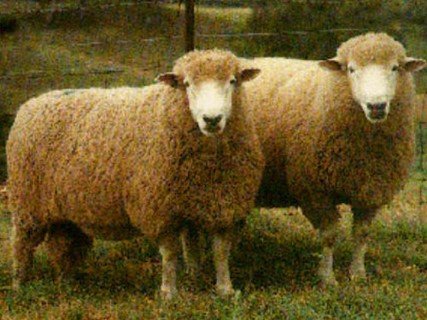The development of Gromark Sheep traces back to 1965 in northern New South Wales, Australia. Gromark Sheep are the result of a strategic breeding program that combined approximately 50 percent Corriedale and 50 percent Border Leicester genetics. This deliberate hybridization aimed to create a dual-purpose sheep breed with a strong emphasis on high growth rate and fertility.
Through rigorous selection processes, Gromark Sheep were bred for optimal performance in various aspects, including growth rate, fertility, wool quality, frame, and carcass attributes. Visual criteria played a crucial role in the final selection, ensuring that the desired traits were effectively incorporated into the breed.
Gromark Sheep are characterized by their large-framed build, with mature ewes averaging around 80 kg (175 lb). This substantial size contributes to their ability to produce large and lean lambs, making them valuable for meat production. Additionally, Gromark Sheep yield good-quality fleeces, with wool fiber diameter typically measuring around 30 microns, indicating a balance between fiber fineness and durability.
Overall, Gromark Sheep represent a successful breeding endeavor that prioritized both meat and wool production, resulting in a versatile and economically valuable dual-purpose sheep breed well-suited for various agricultural settings.
